Game description:
To Eat a God invites players into a theatrically charged universe where they control a puppet, navigating through a carefully crafted play within the game. The title, intriguingly suggestive, hints at the profound and complex narrative woven into the gameplay. Players are tasked with seamlessly blending into their roles to maintain the continuity of the game's world and the psyches of its characters. The setting is a mystical stage where each decision and action influences the unfolding drama and the relationships between characters. The game offers three distinct narrative paths or characters of interest to explore, each presenting unique challenges and story developments. However, access to one of these paths is locked behind a specific dialogue, adding a layer of mystery and requiring strategic interaction to unveil.
Explore the Persona of Divine Entities
Each character in To Eat a God embodies a different aspect of this universe. Nulla, the current master of the void, is portrayed as a hermit, shrouded in solitude following the disappearance of the creator. This route offers a deep dive into themes of isolation and the existential questions that follow significant loss. In contrast, Septem, known as the seventh of the Standards and the ruler of the garden, is a controlling and serious figure who can become quite aggressive under pressure. His path explores power dynamics and leadership challenges within this divine garden. Lastly, Unum, also whimsically known as the 'roblox boy,' represents the sun and showcases a more youthful, whimsical demeanor that belies his tendency towards aggression when provoked. This character’s journey provides players with a nuanced look at innocence intertwined with latent power, challenging them to balance these elements within their role. Each path is a choice of character and a gateway into a different facet of the game’s rich, mythological tapestry.










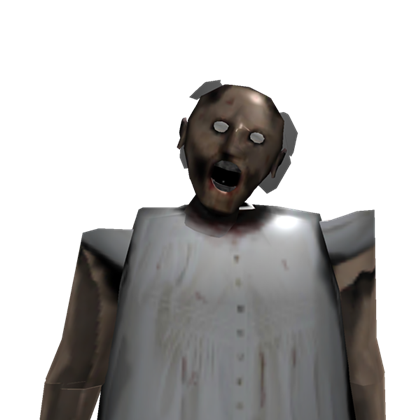





























































































































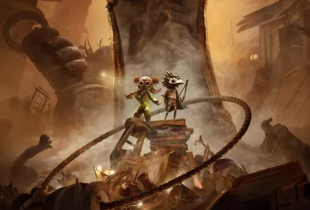
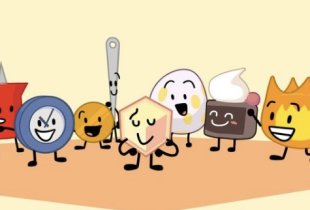
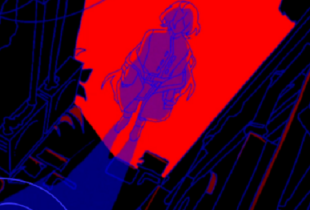

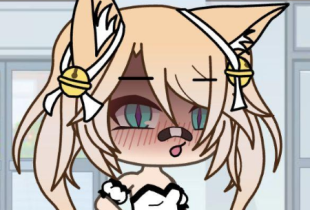

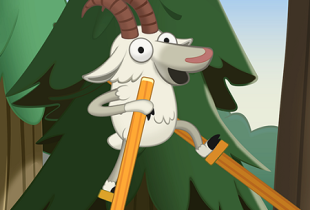

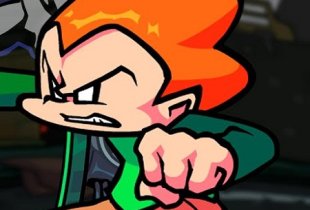

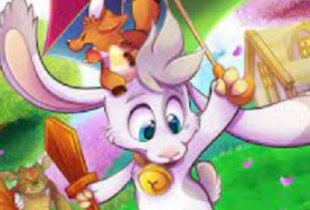


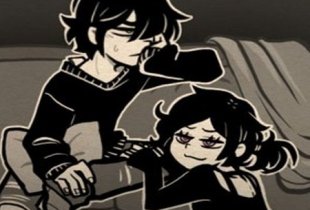
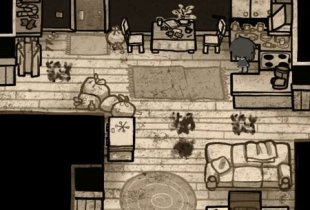

Comments